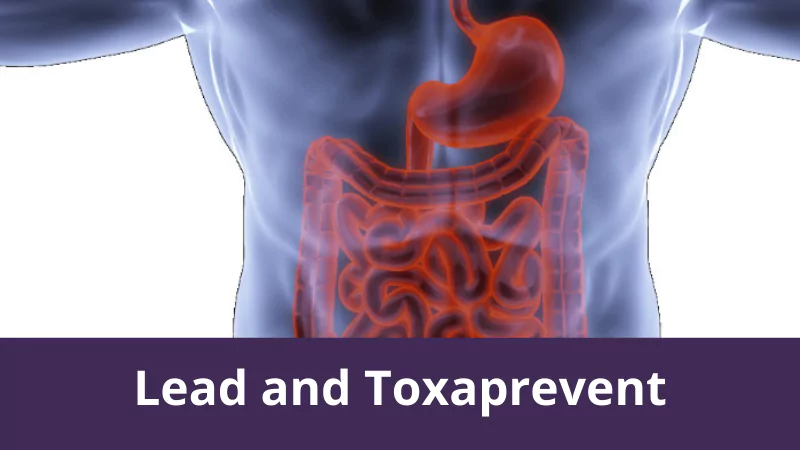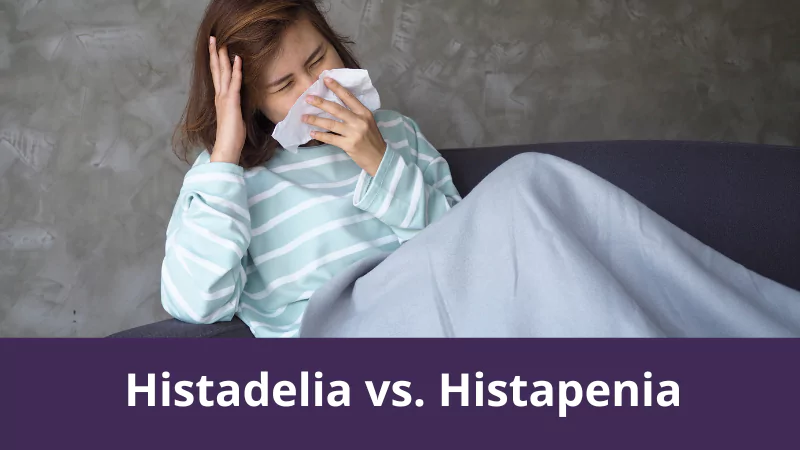I was asked by a patient this week what I thought of the comments made before Christmas regarding Toxaprevent and the level of lead. The post said to stop it immediately and don’t take it due to the lead levels. My patient said she and her family would not take it again until she had my opinion. So this prompted me to look into it further. If you missed the comments made, you can see them here and here. This was then followed with a statement by Biopractica on the efficacy of Toxaprevent. So in looking into this I’ve come up with the following:
- Yes, research seems to support the fact that clinoptilolite is generally considered safe – not only is it a good binder but has been shown in vivo to promote detoxification, have a protective effect on the brain, activate the cellular and humoral immune system, reduces ammonia where excess protein fermentation occurs, in fact ‘Froxium’ has been shown to reduce MDA levels and increase tissue antioxidant mechanisms.
- Regarding gut uptake – Lead absorption occurs mostly in the duodenum where it enters the epithelial mucosal cells. Certain substances which bind lead and increase its solubility enhance its absorption. Iron, zinc and calcium decrease the absorption of lead without affecting its solubility. Lead absorption in animals is increased in iron deficiency. Bile is an important route of excretion in the gut. A study by Pavelic et al showed that the glycocalyx is the first cellular structure with which ingested materials come into contact and so it must have considerable protective properties. The second barrier within the glycocalyx is the sulphation of the oligosaccharides chains of the glycocalyx which protects the membrane proteins from breakdown by pancreatic enzymes. This relies on sulphation. I wonder then if this is not as strong as we think to protect from intestinal absorption if sulphation is deficient? Studies have shown however that not only does clinoptilolite mop up excess ammonia in the intestine, but can improve the intestinal barrier, decreasing zonulin and have positive effects on nausea and diarrhoea (study).
- Pavelic et al go on to say that ‘M-cells in the intestine can uptake nano and sub-micro particles” which have an effect on the local tissue but don’t enter the bloodstream. However, if the barrier is not as strong due to a sulphation issue, will this cause an escape of particles? They go on to say “Even though the inspection of limited histopathological sections in this study cannot rule out the suggested hypothesis on clinoptilolite particles or silica particles released from clinoptilolite material in activation of Peyers patches. more research is needed”.
- Clinoptilolite can react with hydrogen peroxide (study) which makes it a powerful detoxifying agent and some say anti cancer. In rats with organophosphate intoxication, Clinoptilolite has been shown to restore cholinesterase activity. The antioxidant effect of CL is based on its ability to avail metal ions present within its structure as cofactors for the activation of antioxidant enzymes ie: SOD, catalase, GSH. Its important to note that most studies are in animals and few in humans.
- The issue of lead leakage was discussed in respect to possible lead leakage from the natural clinoptilolite materials into the intestine. In vitro studies show that that there is a high affinity of clinoptilolite to lead and that sorption of lead and cadmium is high in an acidic environment. The high capacity of zeolite lead adsorption occurs in the pH range 3-11 and the leaching of lead from lead-preloaded clinoptilolite occurs mainly in pH under 1 (which is not relevant to conditions in the human body). So pH is the main factor affecting Pb leaching from clinoptilolite. The pH 3 saw a lead leakage of 1% while a pH of 1, the leakage was observed up to 20% of the initial lead content. The authors show that the re-adsorption of Pb particles that leach from the solid material may occur as well (pH 1.5 and 2). Previous studies from trials on animals and human subjects showed a strong clinoptilolite detoxifying effect and reduction of Pb content in vivo. In rats it was shown that in lead intoxicated rats given clinoptilolite that Pb concentrations were not increased and that the intoxication burden in animals can be even alleviated by clinoptilolite supplementation. The authors then go on to say that definite conclusions on eventual lead fate in the blood due to clinoptilolite supplementation cannot be conclusive.
- Another clinical study comprising 22 human subjects evaluated the effects of clinoptilolite treatment on chronic diseases traced back to heavy metal poisoning. During treatment with activated clinoptilolite, the clinoptilolite was effective in the removal of toxic heavy meals from the body via urine (link)
- So the high lead leakage from clinoptilolite into the body is theoretically possible but the absorption would be subject to many different physiological parameters and health conditions. A study conducted by Dr Emmanouil Karampahtsis showed that a powdered zeolite (Zeolite Pure) showed a 43% excretion in lead due to the use of CL. There were also no changes in complete blood counts, AST, ALT or electrolytes (link)
I have contacted Dr Karampahtsis for his thoughts on this, my general conclusion is that it’s safe, my reservation however is that if you have someone with disturbed calcium, zinc and iron will you get more uptake of the lead? Possibly, however there are not studies to support this in either animals or humans. will the very fact that you use the Toxaprevent mean that you are pulling the lead out anyway? Probably. I will update you when and if I hear back from Dr Karampahtsis.
Carolyn








